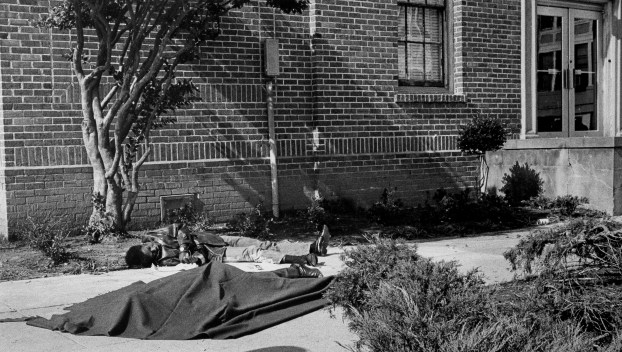
News
What led to the 1972 shooting death of two Southern University students during a protest; A visual breakdown of the police confrontation on campus 50 years ago
(Editor’s Note: This is the second in a four-part series) The knock on the door came at 4 ... Read more

